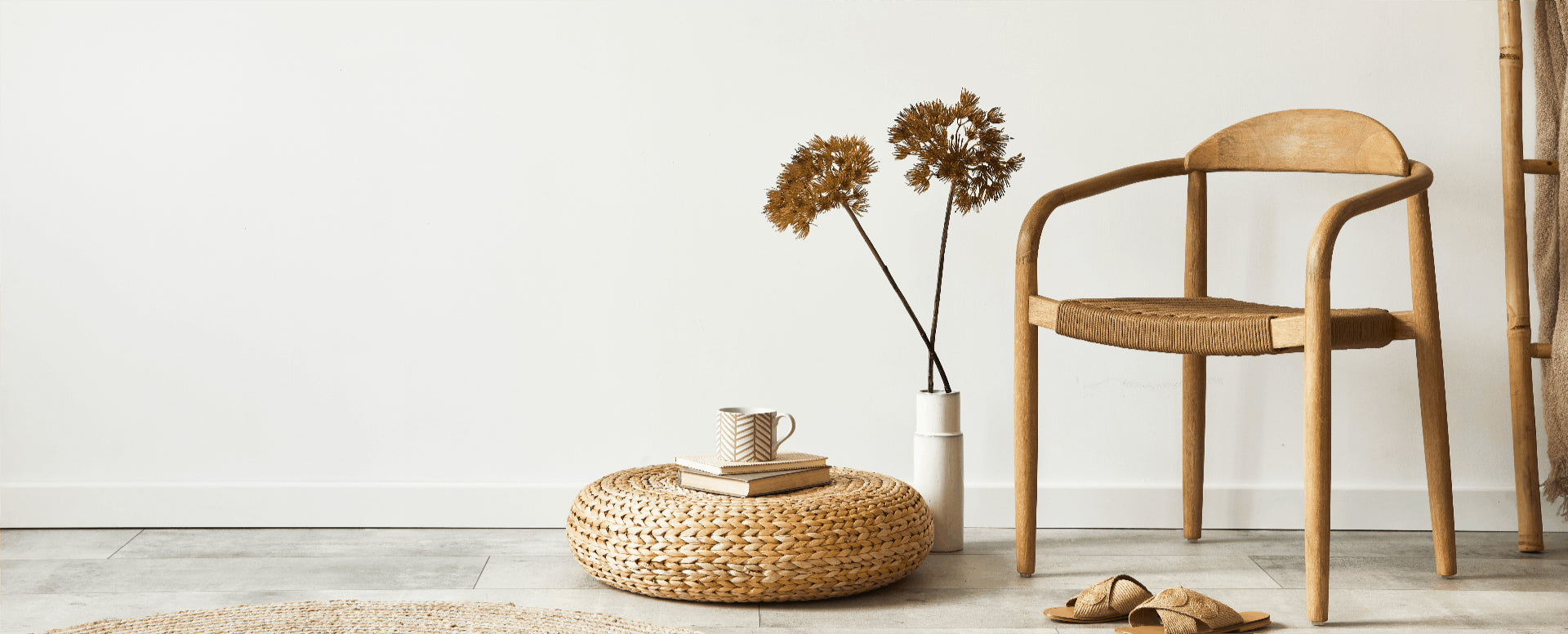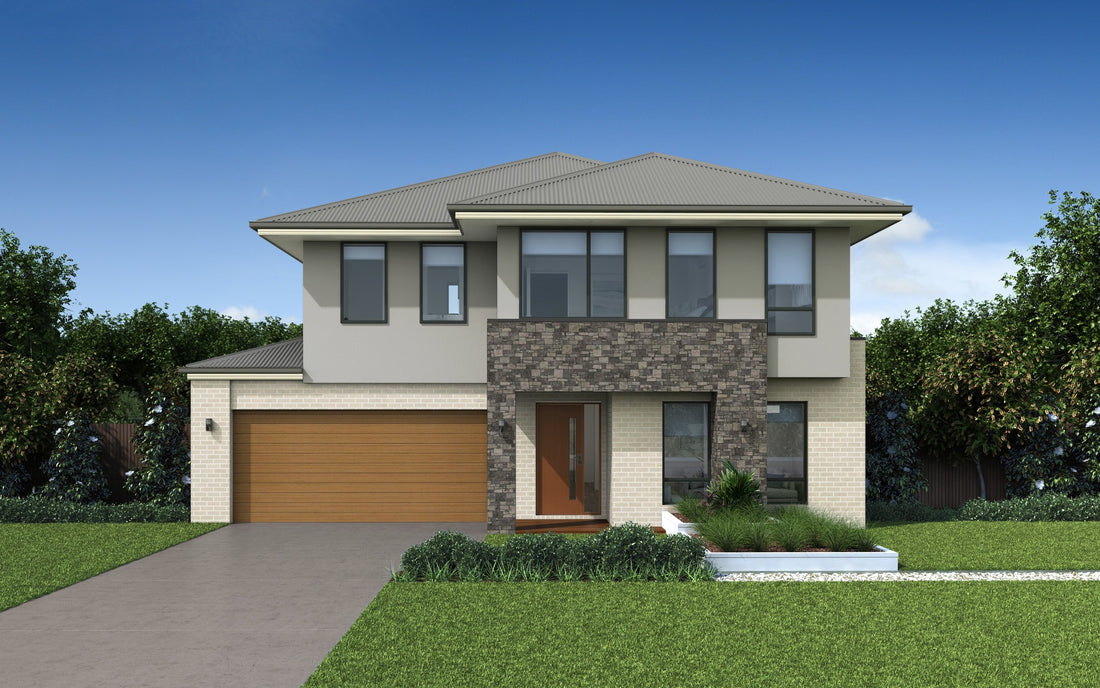Choosing external colours can be a very daunting task, especially if you are unfamiliar with building materials and paint colours. Whether you are wanting to renovate your existing facade or it's a brand new build, there is a lot to consider. But here are some tips to help break it down.
Consider the Surroundings:
Take into account the colours of the surrounding environment, including neighbouring buildings, landscapes, and natural elements. Your colour choices should complement the existing surroundings and sit harmoniously within the landscape.
Climate and Lighting:
Consider the climate of the location and how different colours react to sunlight and weather conditions. Lighter colours may reflect heat in warmer climates, while darker colours can absorb and retain heat.
Knowing which direction your façade faces is crucial to understanding the light and how colours will look at different times of the day. For example, a cool grey colour render may not be a good choice for a façade facing south as it will not receive direct sunlight and appear cold, unwelcoming and blue toned.
Use Colours with Tonal Difference:
Outside, it is much harder to tell the difference between colours that are similar in tone. Looking at a colour swatch there are always colours one tone lighter and one tone darker, but externally you will need to choose colours that are quite a bit different in tone so they don’t look the same. I go with the White, Light, Mid, Dark, Black rule; where you can only choose maximum one colour from each of these groups to make sure your external scheme has enough contrast. Here is an example below using Colorbond colours:

Balance and Contrast:
Aim for a balanced colour scheme that includes a mix of main and accent colours. Consider using contrasting colours to highlight architectural features or to create visual interest.
The garage door can take up a large percentage of your facade, so choose a colour that you are already using in your colour palette, and don't introduce a new colour just for the garage. The garage door should match in with the colours already used on your façade, so as not to stand out as a feature.
Regulations and Restrictions:
Check local building codes, neighbourhood regulations, or any restrictions that may impact your colour choices. Some areas have guidelines on the types of colours allowed for exteriors, and you want to make sure you comply with any guidelines so as not to have to redo if not approved.
Use Tried and Tested Colours:
If you are not that confident selecting external colours, that's ok. Colorbond have done a lot of the hard work for you. Their colour experts have spent years of testing, forecasting and research to come up with the exact shades that work perfectly in the external light and work together as a cohesive range. So if in doubt, choose only from the Colorbond range, and you are much less likely to get it wrong!
Test Samples:
Always view colours you are considering outside in the natural light. You will notice that paint colours look much lighter and pale tones can appear washed out in sunlight. Test small samples of the colours you are considering on the actual exterior surface, or paint a piece of board, stand back to view in context to be able to compare tonal differences.
You might feel, despite your best efforts to put colours together, that you are just really unsure how it will turn out. And that's ok, as coming up with a beautifully cohesive external colour palette you are confident is going to look good is very hard to do without the skills and training of an expert colour consultant.
We are here to help you, and with our external colour consultation being one of the most affordable and easiest ways to feel confident in your external colours, it will be well worth it for peace of mind you are getting a fantastic result.
To enquire about our services or book your external colour consultation please contact us here.
 Log in
Log in




